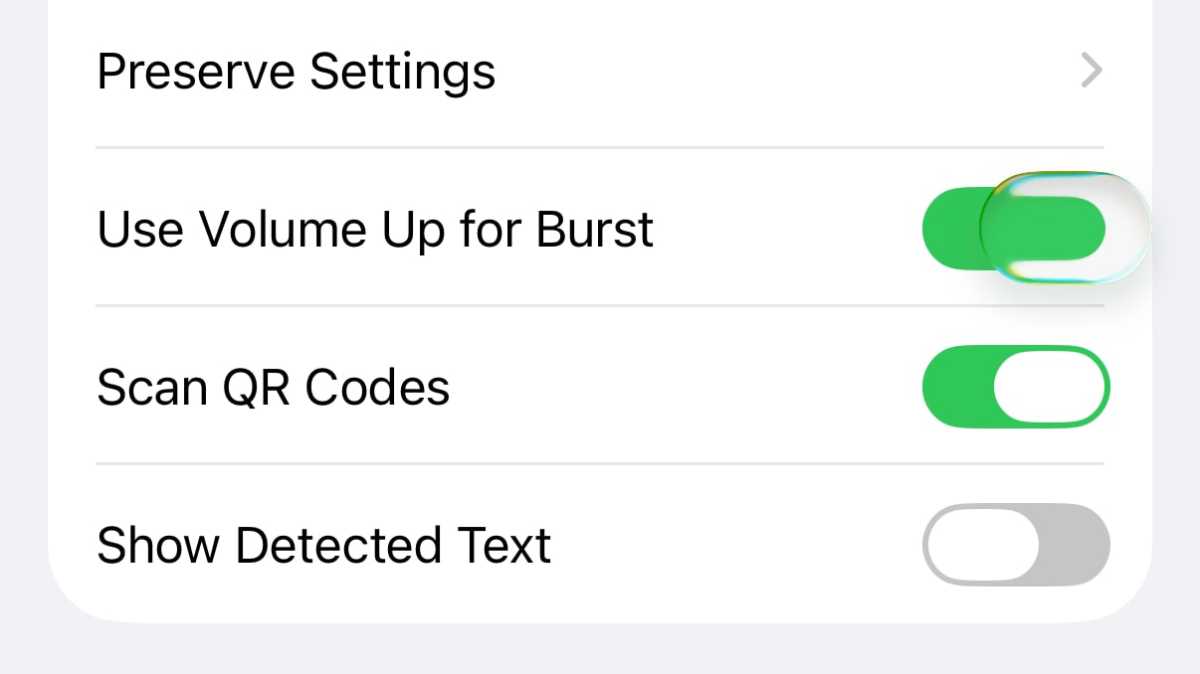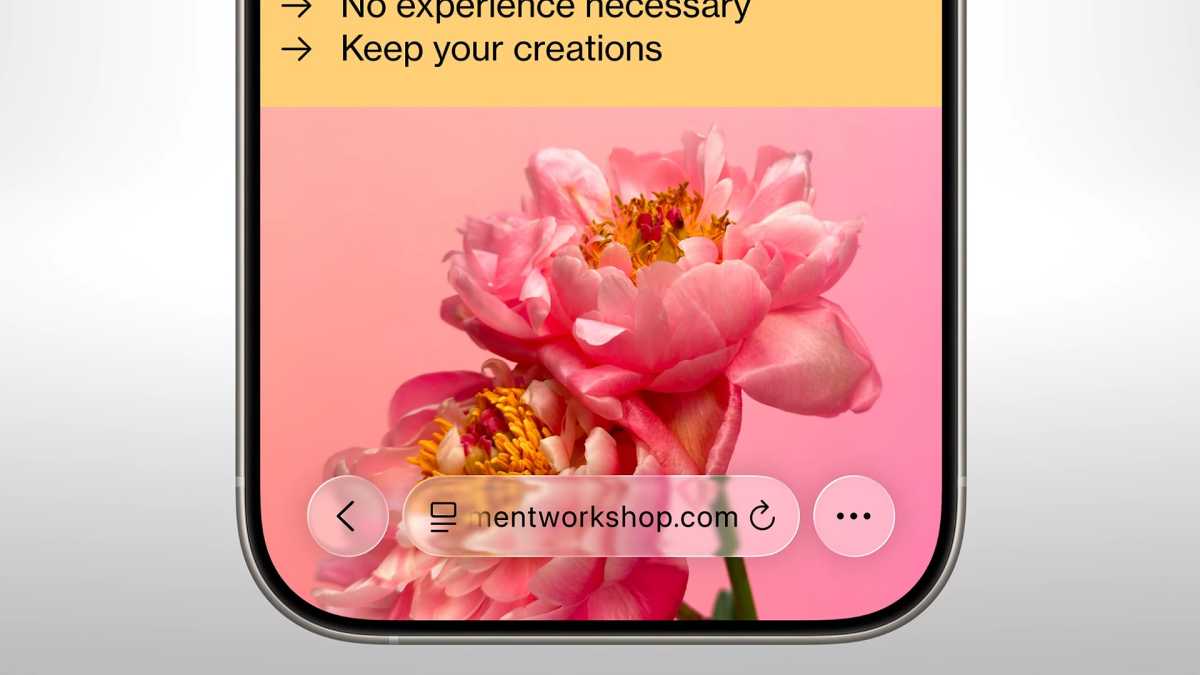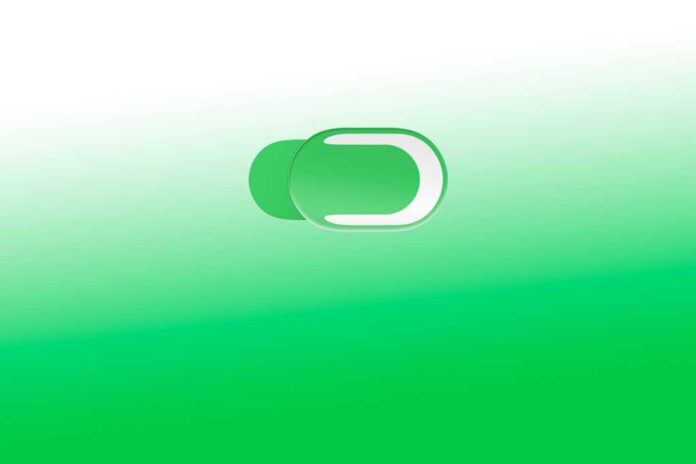How vital is a toggle? You most likely haven’t given a lot thought to these little settings sliders that you simply discover scattered all through iOS. However what if a toggle can shine a light-weight on how a system is designed and the priorities of its creators? That’s one thing I feel we are able to find out about Apple’s Liquid Glass redesign, and it’s not an encouraging lesson.
Don’t get me flawed, there’s lots to like about Liquid Glass. I feel it seems to be attractive in macOS Tahoe, and there are many locations in iOS 26 the place it’s an actual step up over the designs we noticed in iOS 18 and earlier than. Nevertheless it’s arduous for me to disclaim that I’m typically irritated by it and left with the sensation that it’s an indulgence on Apple’s half, an instance of the corporate attempting to sign how intelligent its designers are moderately than including one thing of actual, constant worth.
And that’s the place the standard toggle is available in. As a result of in iOS 26, the clear slider illustrates the whole lot that’s flawed with Liquid Glass – and the way far Apple has strayed from Steve Jobs’ guiding philosophy.
The Steve Jobs impact
I do know, I do know, invoking the “What would Steve Jobs assume?” meme is among the cardinal sins of tech journalism. However the Apple co-founder and all-around design maven left behind some vastly vital guidelines on what makes a design really nice, and Liquid Glass is breaking a lot of them.
So, let me clarify what’s flawed with the toggles in iOS 26. For example, open the Settings app and go to an app resembling Digital camera, the place you’ll see a bunch of those toggles. Attempt sliding your thumb over one and holding it in place. You’ll discover the button transforms into a bigger, glass-like nub that refracts gentle because it strikes. It seems to be fairly enticing and nearly mesmerizing the primary time you utilize it..
However when you attempt to merely faucet it, the toggle appears to leap because it strikes throughout the display, with the glassy and scaling results now feeling rather more distinguished. The button will get so giant as to be distracting and feels nearly sluggish because it strikes. The animation is unattainable to overlook, and that could be the purpose.
Apple’s design philosophy has at all times been to cut back extras and distractions with a view to let the aim of the product shine by way of. What’s a toggle’s objective? To allow one thing to occur (or not occur). It allows and it disables. In different phrases, its objective is to be a method to an finish, not the tip itself. You’ll assume it ought to subsequently be glossy, minimal, and by no means distracting, one thing that will get out of your method shortly so you’ll be able to return to no matter you have been doing earlier than.
Leaping round just like the Liquid Glass toggle is expressly and really clearly distracting. It’s violating Apple’s personal design philosophy. And that contradiction has left me with an uneasy feeling: that the principle inspiration behind Liquid Glass is type over perform, to look cool moderately than serve a helpful objective.
Competing to your consideration
I don’t need to come throughout as some form of staid, joyless grumbler. Merchandise ought to look alluring, daring, and attention-grabbing, simply as Liquid Glass does. However merely trying good shouldn’t be the first motivation. Whether it is, it dangers neglecting the advantages that include a design that capabilities nicely and as an alternative finally ends up with one thing that appears elegant however isn’t enjoyable to make use of. As Steve Jobs’ well-known maxim goes, “Design is the way it works.”
Take into consideration how Apple pitched Liquid Glass at WWDC. Alan Dye, Apple’s VP of Human Interface, summed it up this fashion: “Our aim is an exquisite new design that brings pleasure and delight to each consumer expertise.” He repeatedly highlighted Liquid Glass’ “specular highlights,” “magnificence, craft and pleasure,” and “vitality” that “create a extra energetic expertise that we expect you’ll discover really pleasant.”

The Liquid Glass toggles are cool to take a look at but in addition slower and extra distracting than earlier than.
Foundry
But Dye hardly ever spoke about what tangible enhancements this new look would deliver to on a regular basis utilization. A lot of people who he did spotlight, resembling alerts that now seem while you faucet, may very well be achieved with out Liquid Glass’s visible cues and aren’t inherent to its design. It was telling that Dye positioned making a “pleasant” expertise forward of being acquainted and straightforward to make use of when itemizing Liquid Glass’s benefits.
Dye additionally defined that Liquid Glass goals to place “higher focus in your content material.” However with all of its shimmering, refracting properties and jumpy, water-like animations, Liquid Glass typically takes the main target away out of your content material and onto itself. It’s an consideration grabber, not a design that’s deferential to your work.
As an illustration, is it important {that a} contextual menu stretches as you pull on it? Or {that a} textual content magnifying glass wobbles because it strikes? Actually, these results are fairly gorgeous while you see them in motion. But they’re additionally qualities that draw your consideration, not ones that enable these incidental components to get out of the way in which and put “higher focus in your content material.” They need you to pay your consideration to them, to not your work.
Trigger for concern
It would really feel like I’m making a variety of fuss over nothing, that that is all a storm in a moderately small teacup. And I’ll admit that the motivations behind Liquid Glass may not look like probably the most evident drawback with Apple’s design. However this feels vital as a result of it reveals a few of Apple’s considering in the case of interface design.
Actually, this isn’t about whether or not or not Liquid Glass seems to be good. There are lots of components of it which might be undeniably beautiful, from the slider that seems while you scroll over navigational buttons to the frosted glass mode selector within the Digital camera app.

Liquid Glass is fairly, however can even intrude with usability.
Apple
As an alternative, it’s about Apple’s precedence right here. Is it to make insanely nice merchandise that improve customers’ lives? Or is it to easily make one thing that catches their eyes? Little question there’s nonetheless loads of the previous to be present in iOS 26, however I’m apprehensive that there’s an uncomfortable stage of the latter, too.
Merely trying fairly shouldn’t be the premise of a design. An important design is nice due to the way it works, not simply the way it seems to be. Steve Jobs summed it up finest when discussing the infinite iMac G3 imitators who misunderstood what its design was all about: “The factor that each one of our rivals are lacking is that they assume it’s about vogue, they assume it’s about floor look … They are saying, ‘We’ll slap some shade on this piece of junk laptop, and we’ll have one, too.’ They usually miss the purpose.”
Or take Jony Ive, who detested merchandise that used “swoopy shapes to look good, stuff that’s so aggressively designed, simply to catch the attention. I feel that’s conceitedness, it’s not executed for the good thing about the consumer.”
Doing one thing for causes of vogue is one factor, however when these selections worsen the consumer expertise, as typically occurs with Liquid Glass, it’s arduous to tolerate. The truth that these toggles have made their method into iOS 26 ought to be trigger for concern.
Nonetheless time for changes
After all, making stunning interface components is a worthwhile pursuit. Nice artwork makes you are feeling issues which you could’t clarify, in any case. However when that artwork begins to negatively affect the expertise in a distracting method, then it has failed to learn the consumer.
And that brings us again to the unassuming toggle. If Apple can design one which options Liquid Glass’s attractive visible results with out the jumpy, distracting, “Hey have a look at me!” persistence of the present iteration, it’ll be an indication that it nonetheless understands Steve’s golden rule of design. And if it may possibly deliver that new mind-set to the remainder of Liquid Glass, iOS 26, and no matter comes after, will probably be a significantly better general expertise.
Liquid Glass is a multi-year venture, so there’s nonetheless loads of time for Apple to make changes, and I’ve little question it would, primarily based on the modifications we’ve already seen within the first few beta updates. I simply hope Apple can even mood the considering that lies beneath its latest design selections earlier than issues get too out of hand.


